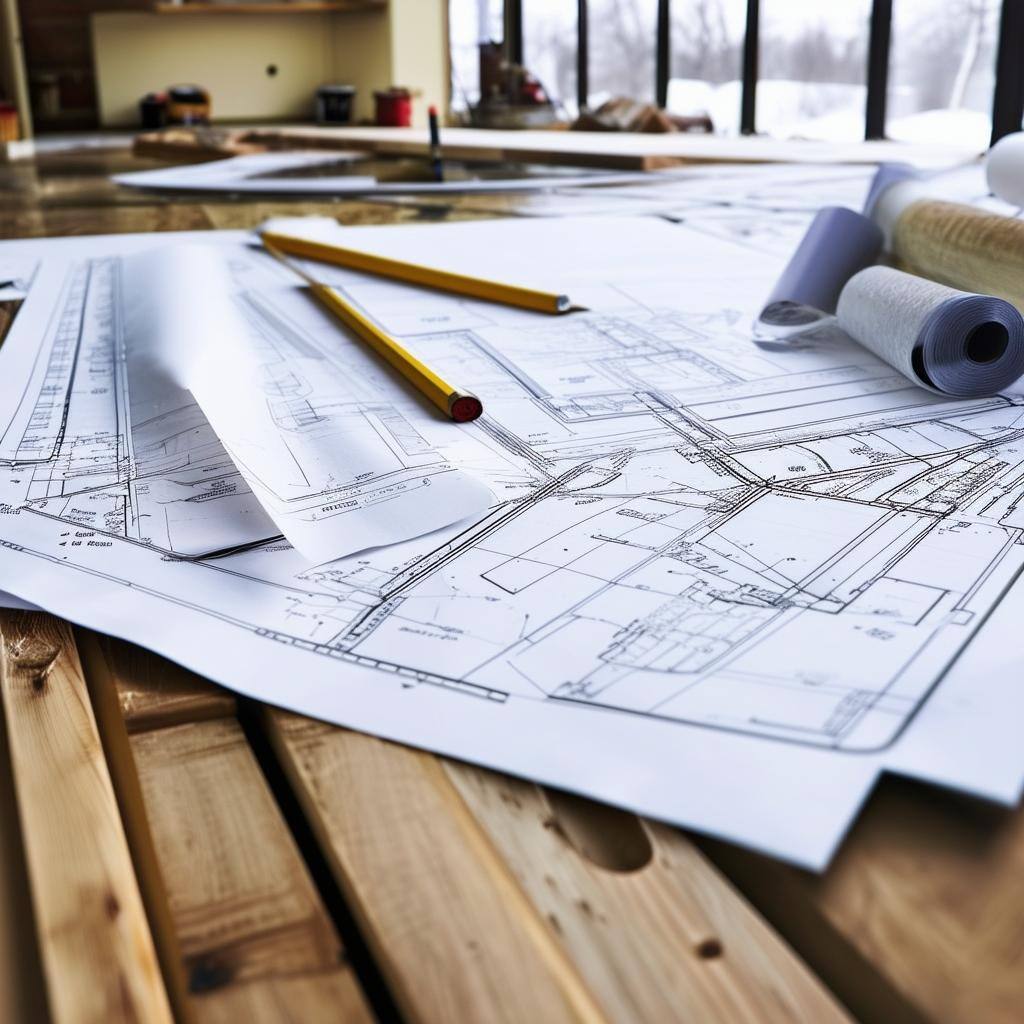Avoiding Common Customer Service Mistakes in Design Build
Recognizing the Impact of Over-Designing
In the design-build industry, over-designing can often lead to unnecessary complications and inflated costs that ultimately detract from client satisfaction. While creativity and innovation are at the heart of design, it's essential to align these elements with the client's actual needs and budget constraints. Over-designing occurs when project elements exceed what is necessary to solve the client's problem, leading to budget overruns and frustration. To prevent this, designers should engage in active listening and maintain open communication with clients to ensure their designs are practical, feasible, and within budget. By focusing on the client's core pain points and desired outcomes, design-build professionals can deliver tailored solutions that maximize value without overstepping financial boundaries.
Clarifying Communication and Decision-Making Channels
Effective communication is the backbone of any successful design-build project. Miscommunication can lead to errors, delays, and dissatisfaction, making it crucial to establish clear communication channels from the outset. It's important to identify all decision-makers early in the project and ensure they are involved in key discussions and decisions. This includes setting expectations for how information will be shared, whether via email, phone, or in-person meetings, and understanding each stakeholder's preferred method of communication. Regular check-ins and updates can also help keep everyone aligned and informed, reducing the risk of miscommunication. By proactively managing communication and decision-making processes, you can ensure a smoother project flow and enhance client satisfaction.
Proactively Addressing Budget and Scope Changes
Budget and scope changes are common in design-build projects, but they can become significant issues if not managed properly. It's essential to discuss and document any potential changes to the project's scope or budget as soon as they arise. This includes having candid conversations with clients about the potential costs and implications of changes and obtaining their explicit approval before proceeding. Transparent communication about budgetary impacts helps avoid misunderstandings and ensures clients are fully aware of how their decisions affect the overall project cost. Implementing a system for tracking and approving changes can help maintain control over the project budget and scope, leading to a more successful outcome.
Ensuring Timely Deliveries and Meeting Expectations
Meeting deadlines and maintaining project timelines are critical components of client satisfaction in design-build projects. Delays can lead to increased costs and client dissatisfaction, so it's vital to set realistic deadlines and stick to them. This involves careful planning and scheduling, as well as anticipating potential roadblocks that could disrupt the timeline. Regular progress updates and transparency about any potential delays help manage client expectations and maintain trust. Delivering on promises and exceeding client expectations wherever possible not only contributes to the success of the current project but also builds a positive reputation and fosters long-term client relationships.
By focusing on these strategies, design-build professionals can effectively identify and prevent common customer service problems, ensuring high levels of client satisfaction and successful project completion.


